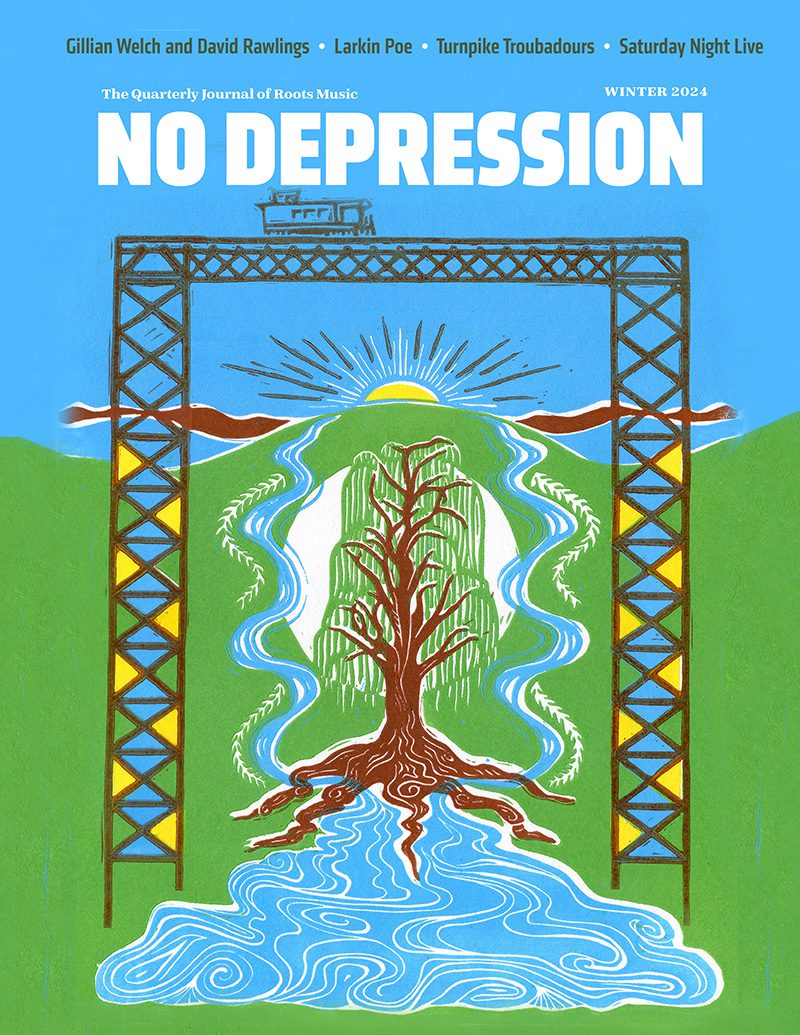“Dancing in the Street,” the meaning of songs, Harry Belafonte, protest music, Trayvon Martin, and so on
Last night, I headed down to our local indie bookseller, Malaprop’s, to hear a talk by the journalist Mark Kurlansky, whose new book Ready for a Brand New Beat: How “Dancing in the Street” Became the Anthem for a Changing America is about…well, the title’s pretty self-explanatory. I haven’t read it yet, so I don’t feel at liberty to say a whole lot about what the book explores. I can imagine it looks at the separation between white and black culture before Motown Records, the way the races lived so separately in America. I imagine he talks a little about the music of the early civil rights movement, the nonviolence, the domination of the NAACP and SCLC (National Association for the Advancement of Colored People and Southern Christian Leadership Conference, respectively). After all, Medgar Evers and Rosa Parks arose from the former, Martin Luther King, Jr., headed the latter. But, it was the rise of Black Power and the Black Panther Party – and Malcolm X’s “by any means possible” period – after black delegates from Mississippi were denied a seat at the Democratic National Convention in New Jersey, which grabbed onto “Dancing in the Street” as an anthem calling for mass action.
I assume that’s what the book is about, anyway. I look forward to reading it.
But it was an interesting talk to hear, an interesting place to be, in a self-segregated city like Asheville, NC, just a couple of days after something happened to wake up America’s soul-searching about race relations. The verdict in the trial of George Zimmerman – the Sanford, FL, neighborhood watch volunteer who shot and killed a young black man after the youth’s mere presence in a predominantly white community arose suspicion – came down Saturday night. I haven’t slept very well since then. My Facebook wall has been full of articles and musings – my white friends feeling the weight of a thousand bricks of white guilt coming down on them all of the sudden; my black friends expressing anger, and also determination and a resolve toward organizing for a new wave of civil rights movement. I suspect from some people’s comments that their Facebook walls are reflecting something else – a response which can only rise from fear. I don’t believe there are that many sociopaths in the world, and I understand that fear can be a powerful thing. It can make you want to believe things like that a young black man, by virtue of his youth and athleticism – and his blackness – poses more of a threat than a doughy almost-30-year-old half-white-half-Latino guy with a gun.
I can’t even type those words with a straight face, though. I don’t believe them for a second. They might be easy to access in a time of fear, but resting on them entirely is about as precarious as resting your weight on a single leaf hanging off a long branch on a thick, old tree.

I don’t know what it was like where Zimmerman grew up in Manassas, Va., but I can understand from the culture I saw as a child, the knee-jerk reaction to seeing a young black man walking through what one might assume is a predominantly white neighborhood. That doesn’t mean acting on that or any other knee-jerk reaction is acceptable, but I know where that mindset comes from.
Anyway, I digress. Let me try to bring it back to the music:
Someone asked Kurlansky if he thinks there’s any song that’s popular right now, which might inspire a book 40 or 50 years down the road. The author got circuitous for a moment before admitting he doubted so. What made Motown great, he said, was that Detroit public schools had extraordinary music programs. Diana Ross and Marvin Gaye came out of high school understanding music theory and the various approaches to harmony and composition. The music was intricate and imaginative, deliberate and expansive. We don’t have public school music programs like that anymore, and the popular music is suffering for it. Without naming names, he talked about the band fun. and others, who are writing these almost-anthemic-sounding songs that talk about the power of youth and energy and being young, in the way they think the folks in the ‘60s did, but without the natural conclusion where you use your youth and energy to effect change in the world. “Tonight we are young,” he quoted, then gestured the impending ellipsis. Then, and I paraphrase, “nothing happens because they’re young. They’re just young, and that’s the song.”
You might say it’s ok to be just-young and nothing else, but there’s this thing music can do, which is to incite something. “Dancing in the Street”, at least on the surface, was a party song. Everybody, get out in the street and celebrate. But there was more to it. It was a call to action, a plea for participation. After all, it takes participation to change anything at all in the world. Change doesn’t just magically occur when everyone’s looking the other way and a puff of glitter materializes in thin air and, when the purple fog clears, there’s peace on Earth. People commit to something when they’re young, and spend their lives working toward it. The disillusionment that drove the labor and then the civil rights movements was the kind which comes from emerging from your parents’ bubble and realizing the system is all kinds of wrong. It’s a legacy which each generation inherits.

This is funny. Among many other things, in the 1960s, Belafonte helped bankroll a summer camp for white and African-American youth at the Highlander Folk School, where they’d come together and learn about each other, to open each other’s eyes and try to ease the transition from segregated schools to integrated ones. One of the women I’ve interviewed for my book about Zilphia Horton headed the program – she was personally asked to do so by Mr. Belafonte, whose dedication to the plight of young African-American people was and is incredibly fierce. Jay-Z distills Belafonte’s influence, however, down to “Day-O”. Whether he’s aware of the man’s incredible real-life contributions to the babysteps we’ve made toward a more just society or not, it’s hard to tell.
Nonetheless, the rapper goes somewhere with his declaration of youthful purpose. (Youth, in this case, is relative. Jay-Z is 43.) But where he goes is closer to disconnection. It’s an attempt to make a statement about justice by drawing a “me vs. you” line to distinguish different ways of considering “us vs. them”.
Meanwhile, the young people calling themselves folksingers and playing indie roots music, picking up acoustic instruments and pretending to adhere to tradition, are at least seeming to fall short, even as their generation hits the streets by the thousands to express their sadness over the death of one of their own.
Now, I don’t know what Trayvon would have done with his life, whether he was at all interested in civil rights or activism, or whether he would have grown up to be some kind of engineer or educator, a doctor or a chef. Whether, if he could send a message from beyond the grave, he would call for activism and organization, or whether he’d just want people to carry on. But people like Harry Belafonte and the Hortons – and thousands of others – dedicated their youth to a dream where, a half-century later, a young black man could walk home with a bag of candy and not be considered suspicious.
Weeks ago, I started writing about the mediocrity of contemporary acoustic music. Bands that all sound the same, are using the same gauge of mediocrity by which to measure their “coolness”. I was responding to an article a friend shared online, where the author was sounding off about the complete lack of daring in millennial music. Not only was there no sex, he said, but there was no defiance at all. It was all feel-good, hug your puppy music. I’ve been bothered by the same thing, but as I got thinking about it deeper, I started to wonder whether this was a response by the first generation to grow up in a post-9/11 world. The response that’s come from the verdict in the Trayvon Martin trial has solidified my position on all that.
My niece’s generation has learned about the world through threat-level announcements at the airport and news about wars and terrorism and the flailing political response of a traumatized nation trying to pretend it was A-OK. Perhaps, I thought, young folks now need a respite from the violence and danger and uncertainty. Rather than them defying the world in the name of youthful rebellion, maybe it’s more likely that the world is rebelling against their gut-level need for peace and understanding. That the only equal-and-opposite reaction a new generation could possibly have to such extraordinary disappointment and fear is to gather close, hug a puppy, and be just-young for a minute. Maybe the only way to rebel against a world where rebellion from tyranny results in greater tyranny, is to call an end to the whole bullshit loud-and-angry thing, and just love each other.
Every generation thinks the way they did it was the best way. But, maybe spending one’s youth calling out the system-breakers only sets one up for a middle age of divisiveness and ire. Maybe, fueled by puppy-hugging music of their youth, millennials will be able to walk from striving for connection, into leadership years where they can make that connection real through laws and policies. And once they’ve come of age and taken over, just maybe, 50 years from now, when a neighborhood watch volunteer sees a teenager walking home in the rain, his first instinct will be to stop and offer a ride.
Maybe, or maybe not. As far as I can tell, the way youth has historically responded to “what’s wrong” – through their music and culture, and their actions – has indeed led to a better world, but there is still a long way to go. Getting to peace and equality might require some other, newer moves. I, for one, am willing to put aside the blame and accusations, hug a puppy, and strive for a better way.




